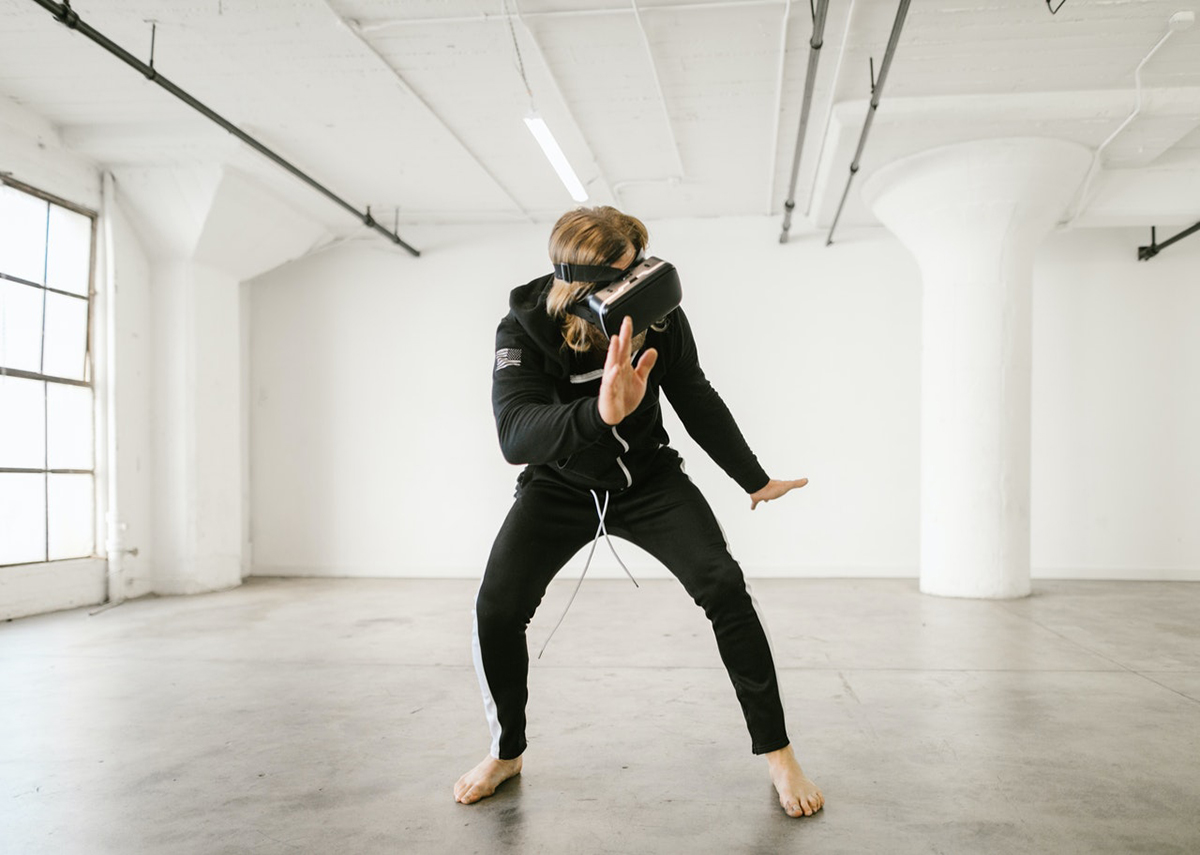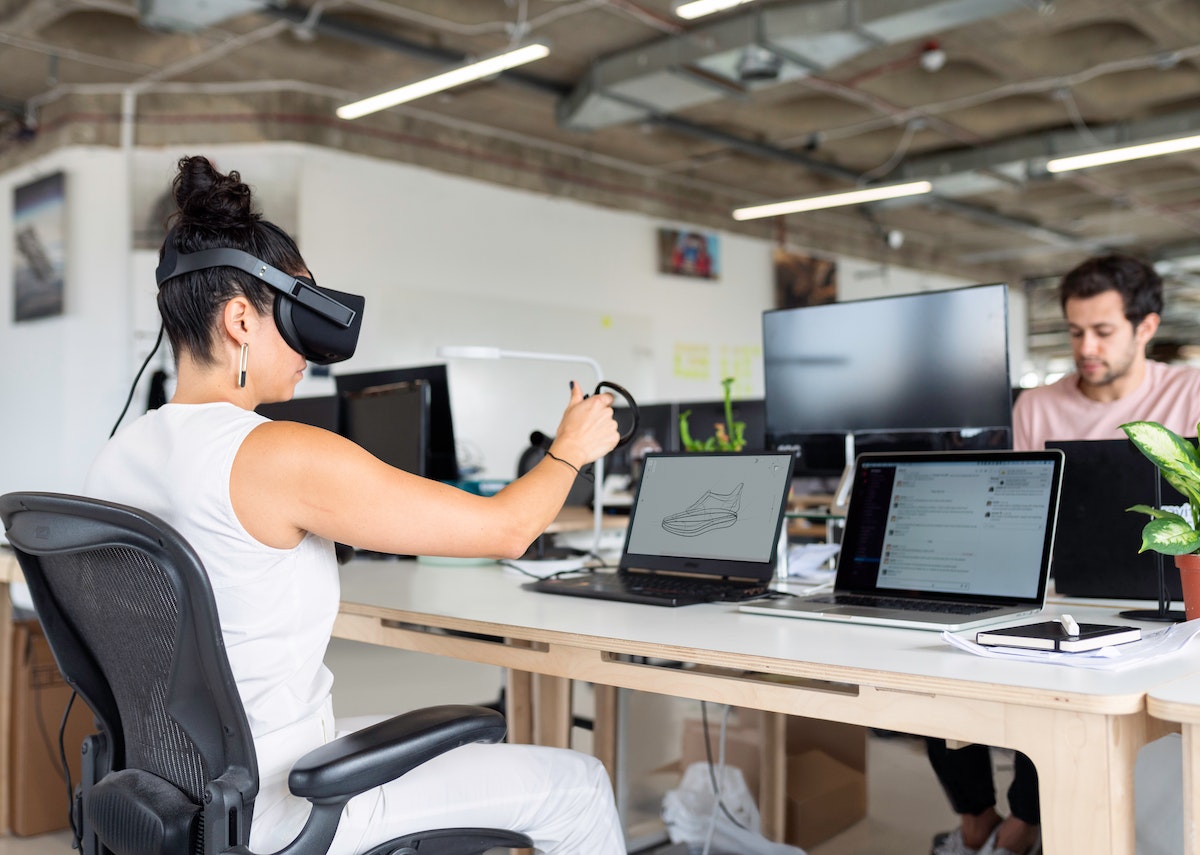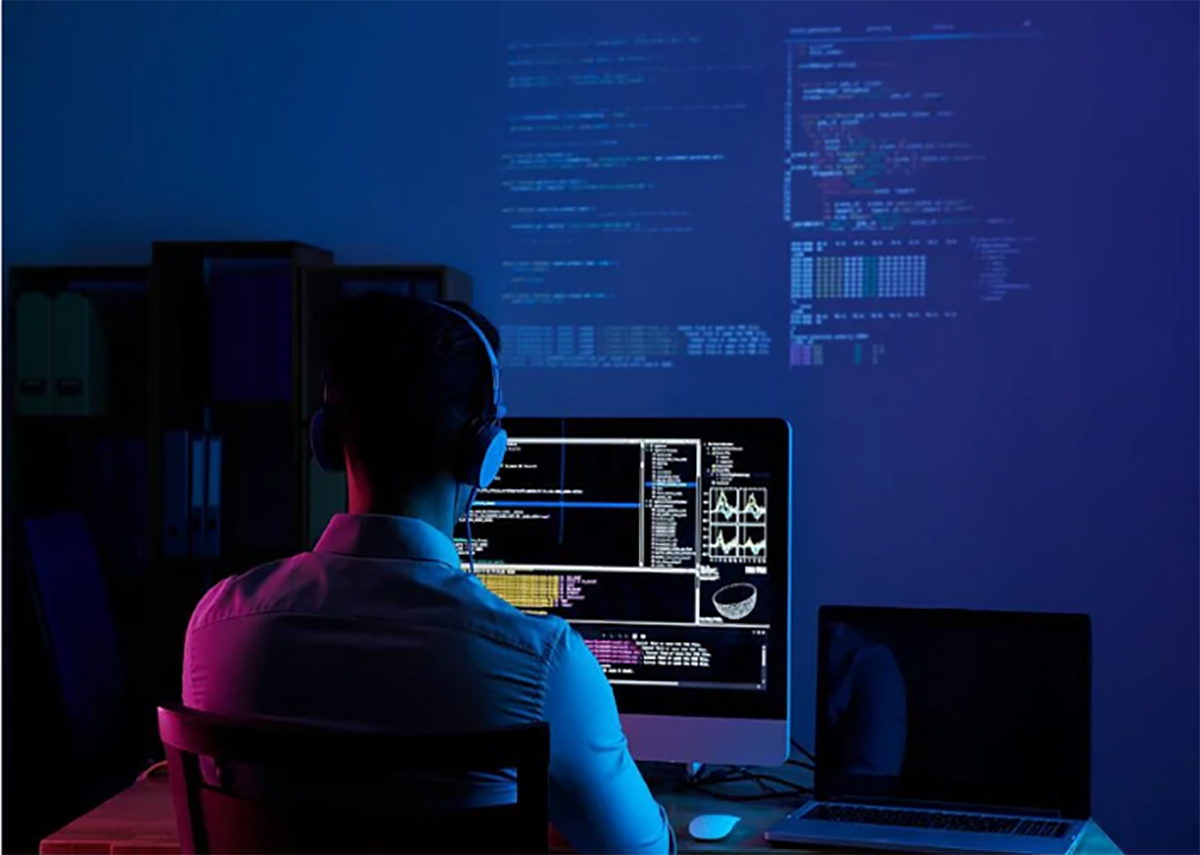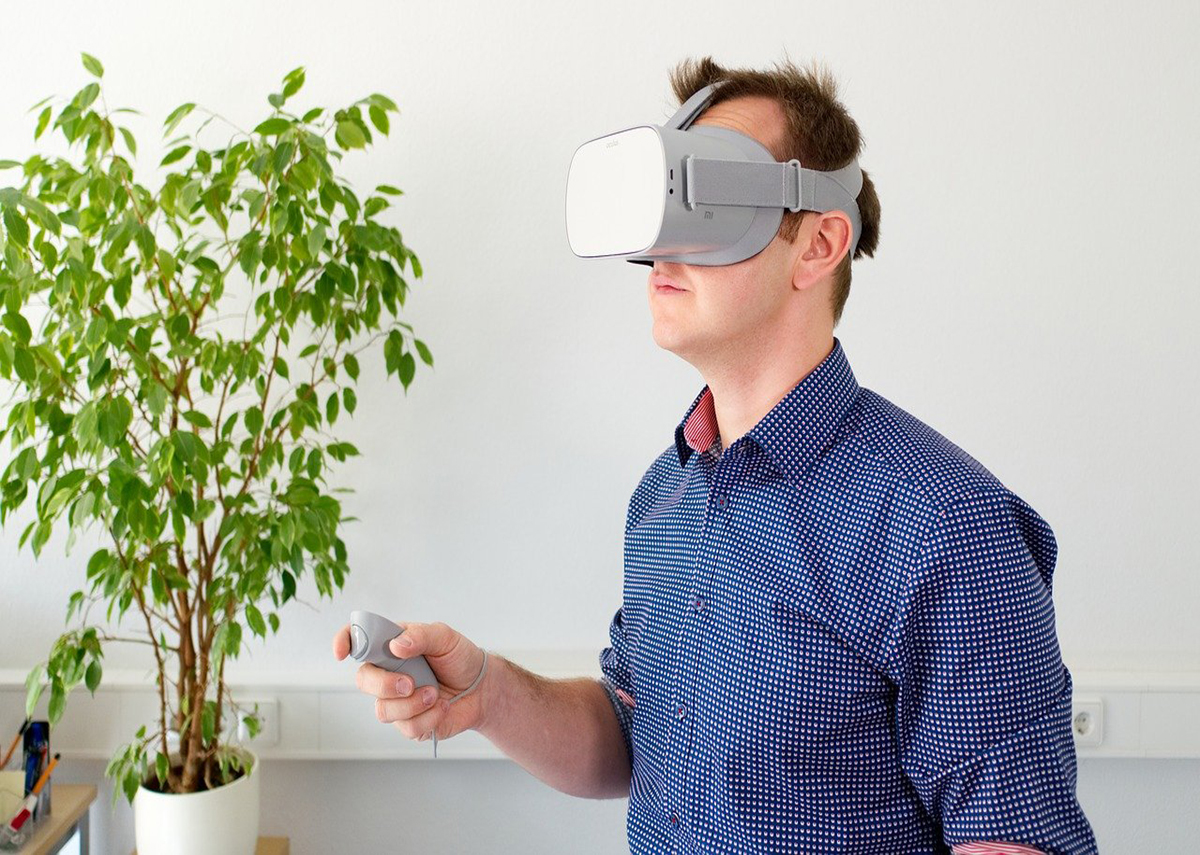The Role of Virtual and Augmented Reality to Transform Military Training
Share

The U.S. military is one of the advanced militaries in the world. They have been using VR and AR technology for military operations for a long time. These technologies have helped them with weapons, flight, and equipment training. AR and VR technologies reduce the expense to prepare a soldier for real-world combat situations. That’s why the military has advanced and efficient devices for virtual and augmented realities.
AR and VR tools bring warfare concepts into reality. The officers can train their soldiers using a virtual environment. They can create critical scenarios and situations for soldiers’ training and prepare them for any unexpected situation. The number of uses of AR is growing in the military with expanding graphic and data processing.
Benefits of Augmented and Virtual Realities
Military uses AR and VR technologies for different types of training. The official Naval Research team conducted research to understand the impact of video games on military training. They found that video games improve memory, develop vision, and enhance the ability to process new information. They advised that military departments should include game-like simulations for training.
Since AR and VR tools improve the immersive experience, the military uses these tools to boost cognitive abilities. With the help of virtual training, military developers can create terrains for field practice.
Here are some reasons why the military uses AR and VR technologies:
- Real-time targeting aid
- Safer training environment
- Customized and diversified terrain
- Accessed mission practice
- Enhanced spatial awareness
- Engaged mission planning
Military Training Tools and Gadgets
Here are some military technologies powered by augmented and virtual realities:
1. Tactical Augmented Realities
Tactical Augmented Realities or TARs is a heads-up display used in military training and combat. The design looks like night vision glasses. The screen shows information to soldiers about the enemy forces such as location and position. Developers install the system in the helmet and include a wireless connection.
2. Synthetic Training Environment
Military training shouldn’t be easy. Shooting 2D cardboard models may help improve soldiers’ aim, but, it won’t prepare them for combat. Soldiers have to learn to stay calm and make the right decision in a difficult situation.
A synthetic training environment is an AR system that blends actual reality with virtual objects. The technology improves the mental and physical abilities of soldiers and enhances their readiness level. This device creates simulation for a soldier so they can develop skills to dominate in real-like combat situations.
3. Helmet-Mounted AR Display
Helmet-Mounted AR Display of Enhanced Night Vision Goggles allows soldiers to gather tactical information. This device also includes night vision so soldiers can detect enemies and allies in dark. This AR device creates an overlay on the actual image on the screen. Troops can use this technology for field practice and combat.
Conclusion
AR and VR integration in military training is showing significant results. These technologies help the military to reduce training costs and significantly improve soldiers’ skills and abilities. Furthermore, these tools are flexible and customizable. As a result, the military official can customize the training sessions according to the team’s expertise level.



